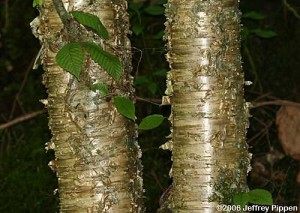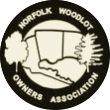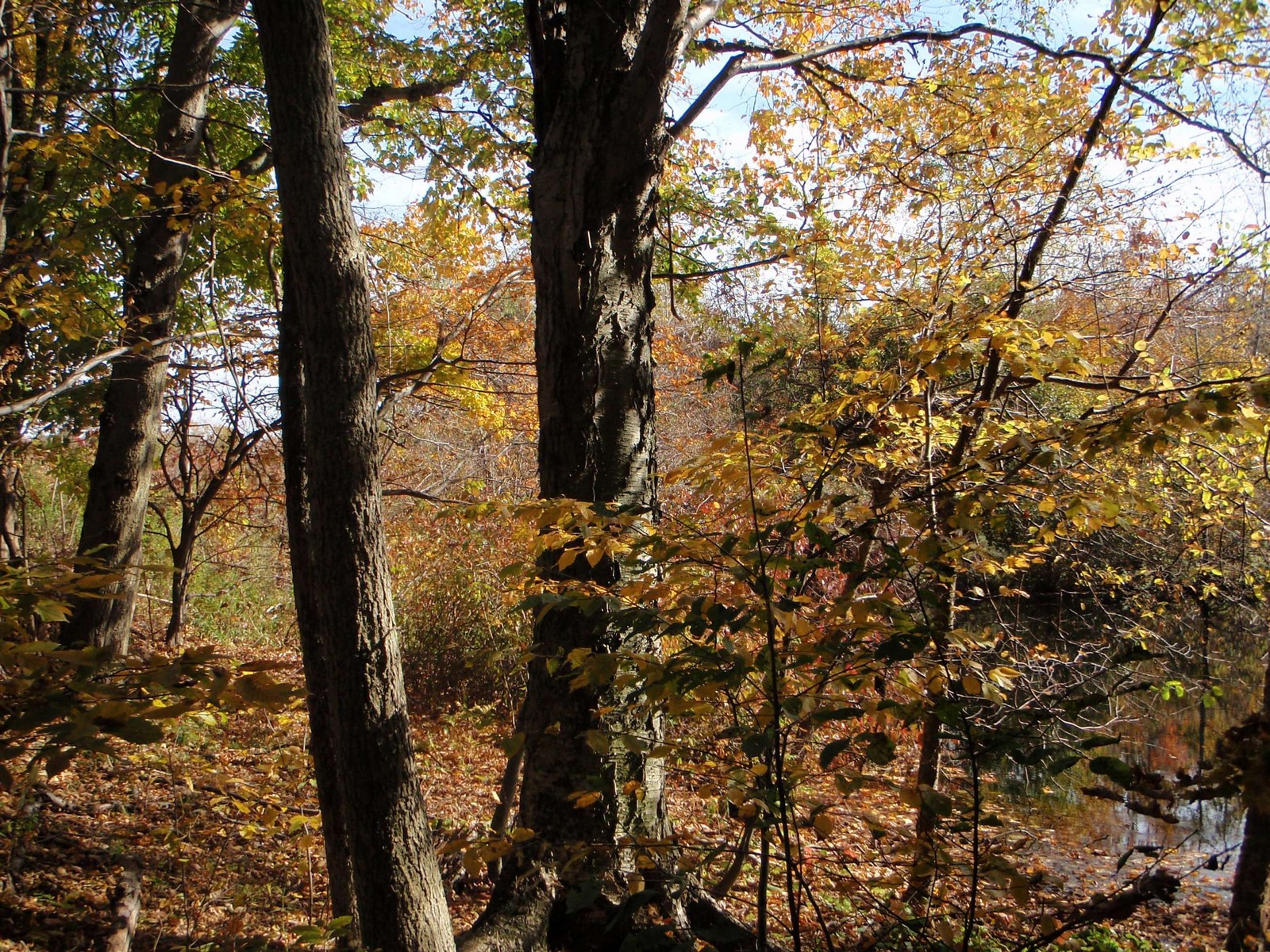Betula alleghaniensis
Owner: Long Point Land Basin Trust
Nominator: Norfolk Environmental Stewardship Team
Height: 28.1 m (92.2 ft)
Diameter: 56.72 cm (22.3 in)
Circumference: 178.1 cm (70.1 in)
Description
The Yellow Birch is the most valuable of the native birches. It is easily recognized by the yellowish-bronze exfoliating bark for which it is named. The inner bark is aromatic and has a flavour of wintergreen. Yellow birch can be found from Newfoundland, Nova Scotia, New Brunswick, west through southern Ontario, south to Minnesota, east to Illinois, Ohio, Pennsylvania, New England. Yellow birch grows best on well-drained, fertile loams and moderately well-drained sandy loams. Even though its growth is poor, yellow birch is often abundant where drainage is restricted because competition from other species is less severe. Associated forest cover may include: eastern hemlock, sugar maple, beech, white pine, white birch, basswood, red maple, american elm, and black cherry. It typically grows 20-28 m high and can live to over 300 years old. Yellow birch lumber and veneer are used in making furniture, panelling, plywood, cabinets, boxes, handles, and interior doors. It is one of the principal hardwoods used in the distillation of wood alcohol, acetate of lime, charcoal, tar and oils. (Source: Silvics of North America)
Yellow birch bark

